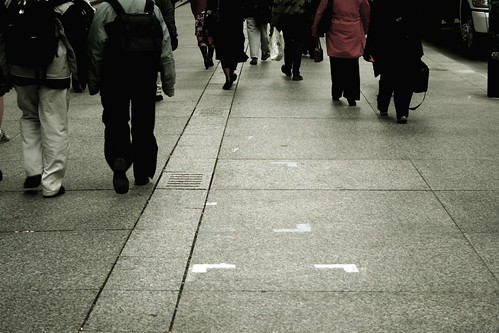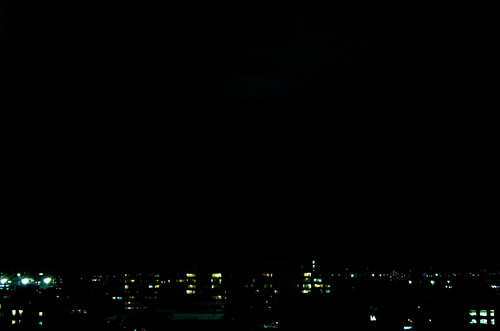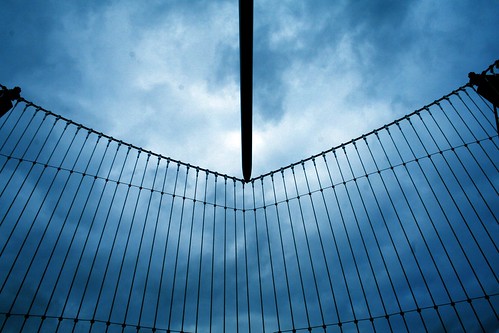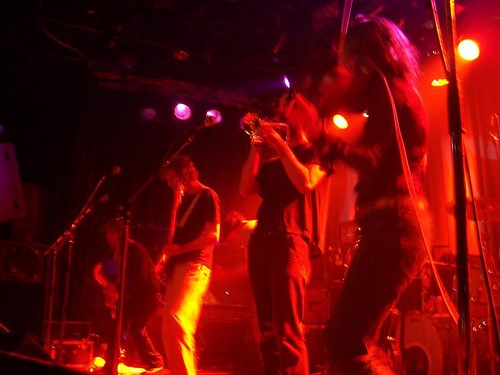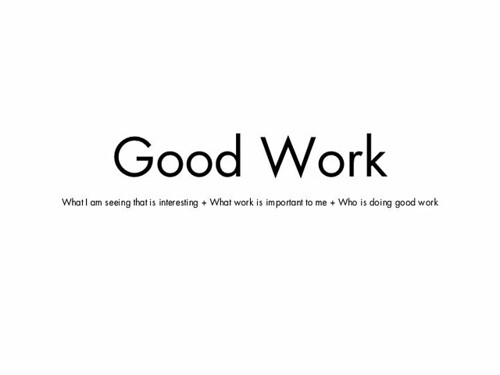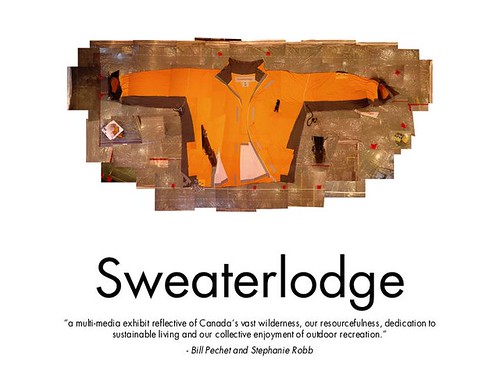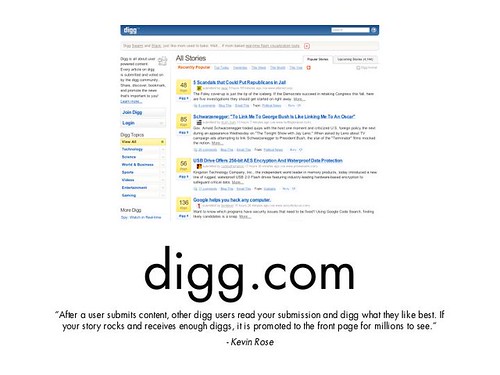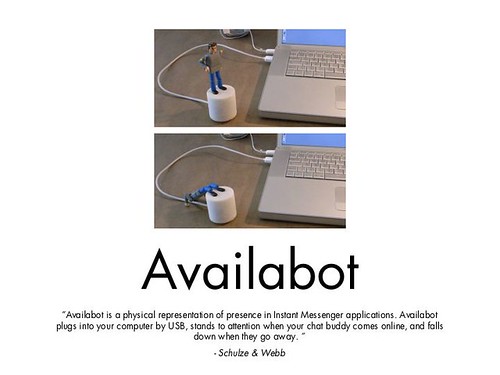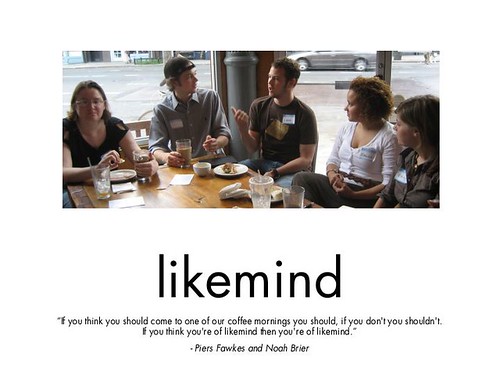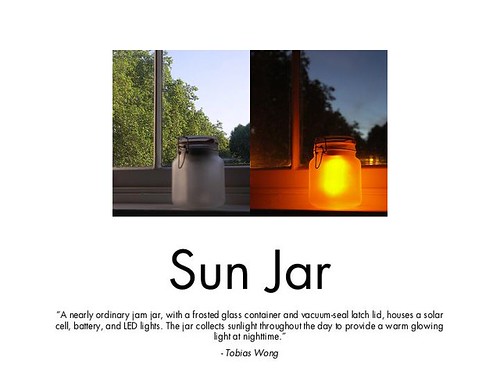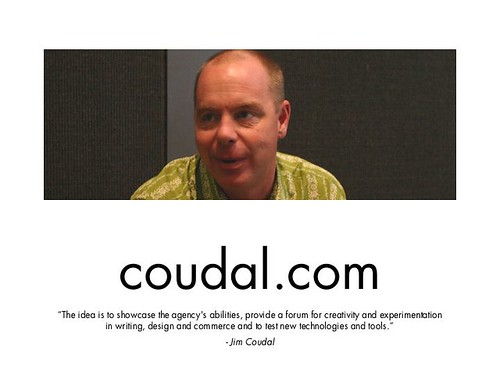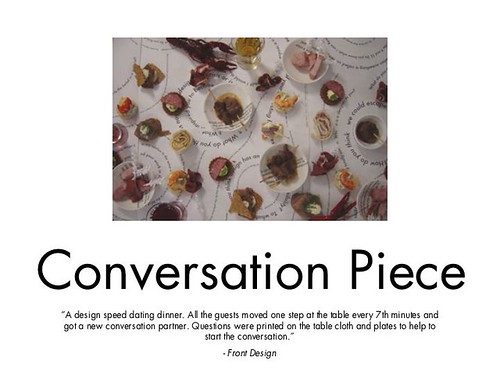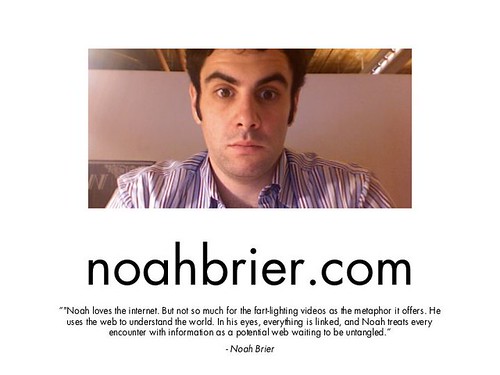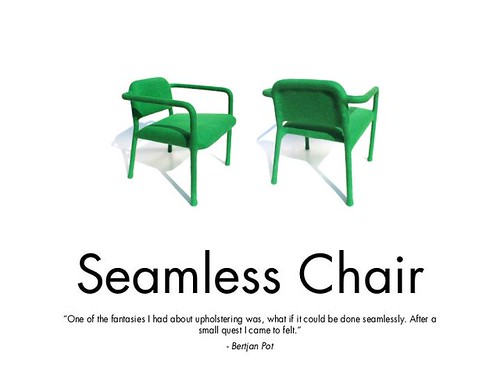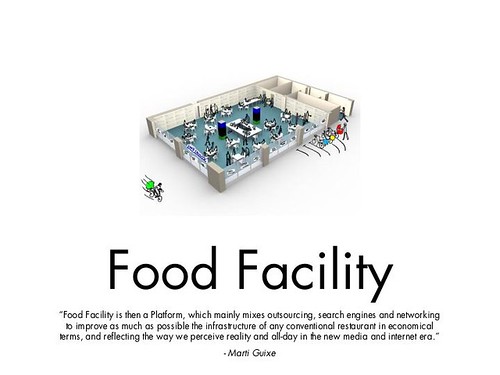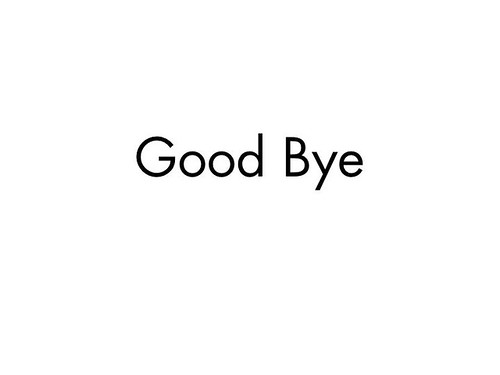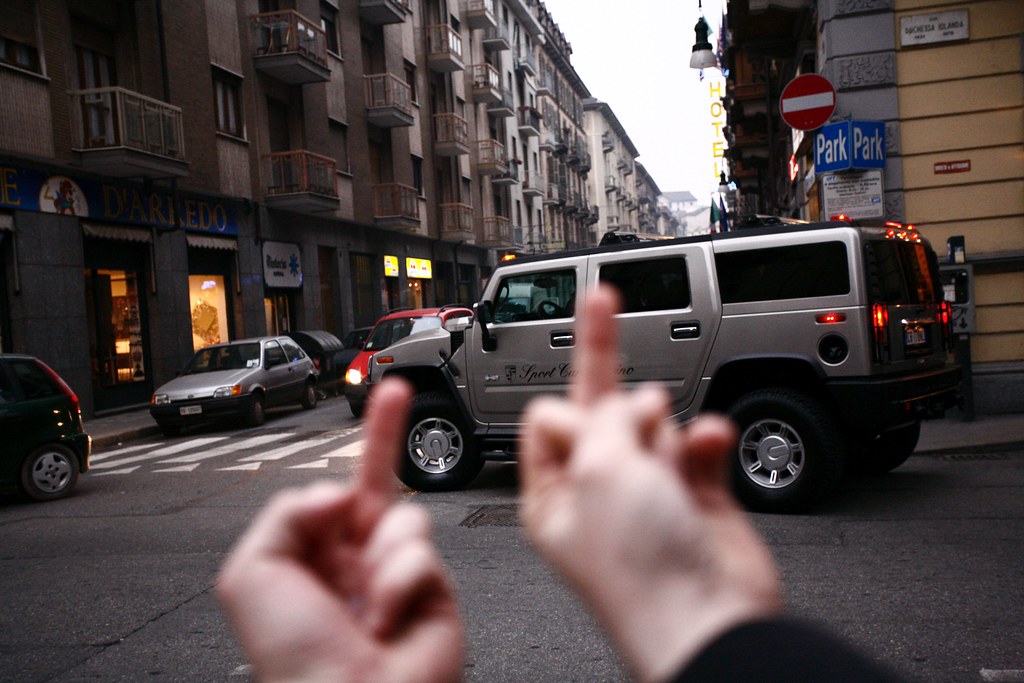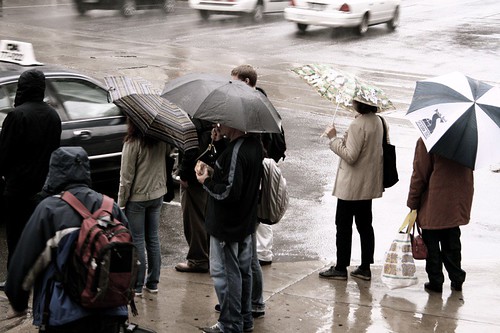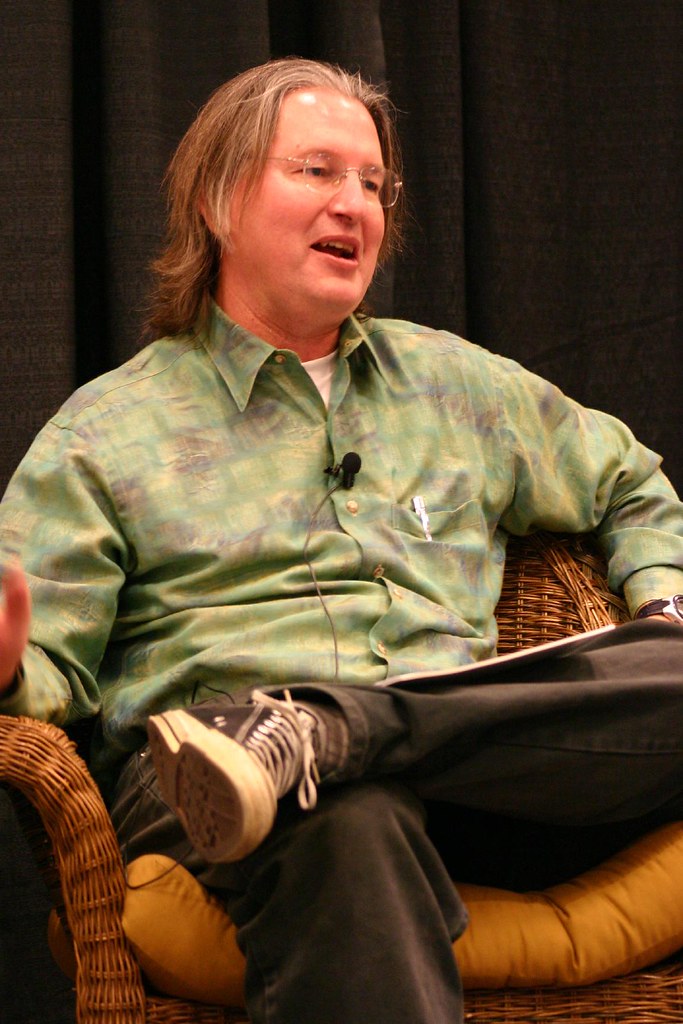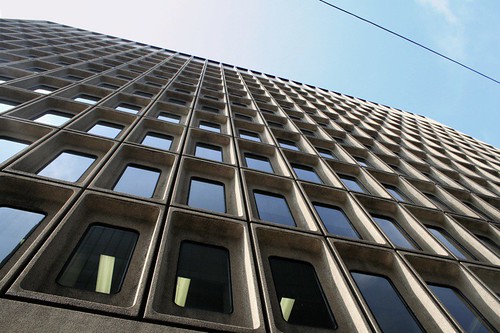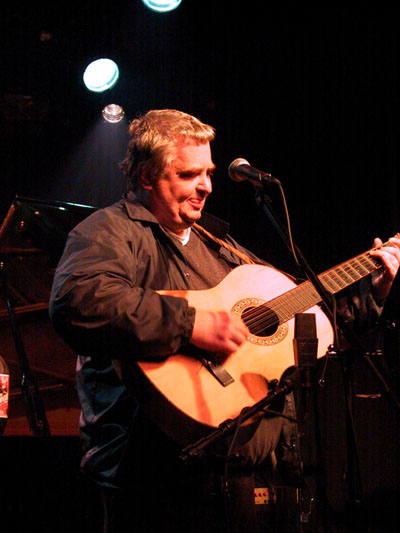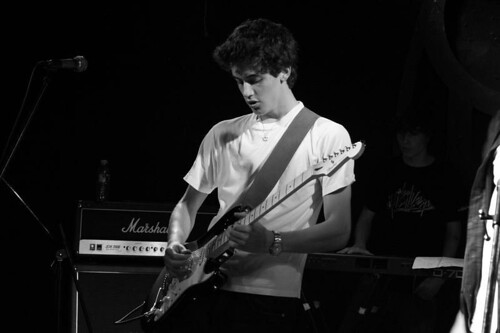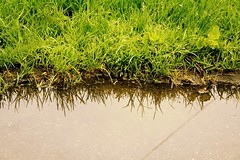Hopefully this is the beginning of the blog as a full time thing. I completed my essay on the cultural analysis of digg.com and thought I would share it. In abstract it deconstructs what social activities Digg makes possible and basically why is Digg so compelling to its users. Hope you digg it
Digg: Social NewsFrom distributing information to the masses to passing along information through word of mouth, news has always been an essential part of human society. Throughout its history news has co-evolved with technology to aid in mediating our social life. It has evolved from primitive visual communication to more literate forms, thanks to the printing press. The newest incarnation of this relationship is a website titled digg.com. This next evolution of news uses the latest technology to capture and enhance the primal characteristics of news. The site gives its users freedom and independence, while simultaneously fostering competition and above all, returning news to its social roots.
Web entrepreneurs Kevin Rose and Jay Adelson started Digg in 2004 with the intention of creating democratic news. The website harnesses the collective wisdom of its community and presents the news their way. The site’s users scour the web and find interesting articles, websites, blogs or anything of interest and submit it to the site. They include a brief description with the link and let it loose to the Digg community of users. All the items are placed in a queue, where users can vote for an item or in their words: “Digg” it. Each Digg adds a vote to the item and based on the amount of interest, the item can make it to the site’s illustrious homepage. This page is regularly updated to keep users abreast of what is popular. You can view what is popular in the whole community or narrow your scope to any number of sub-sections. For example if you are interested in politics you can view just the political stories that have been voted most interesting or see the new political stories that have just been submitted. The beauty of the site is that the news is being brought to the people, by the people, in their own way.
One of the key aspects of Digg is that it gives users freedom and guidance. Digg doesn’t always cover the same stories like traditional media outlets; it is always changing depending on the mentality of the community. Because the users are in control, there is a sense that if something is important or interesting enough it will surface. In this way it allows us to see new things that we wouldn’t typically see. Similarly, it allows us to view many perspectives leading to a better understanding of the world. By using the people of society to filter the news we are instantly given the zeitgeist of the moment. This allows users to put trust into the community and gives guidance in an otherwise confusing world. As Kevin Rose describes it, you can, “drill down among your set of friends or the masses and see their opinions." The role of news is to connect us to society and the world; Digg is an extremely effective example of this. Our understanding of the world is developed through combining our own experiences and those from media. As James Britton wrote, “ we greatly affect each other’s representation so that much of what we build is in common” . This emphasizes the importance of news on how we live our lives and make sense of the world. In this sense, Digg peeks into the mindset and values of society.
The lack of editorial staff means that the site is user driven and gives users a feeling of ownership derived from contributing. When users submit their items to the site they are associating themselves with the item. By sharing an item with the community, they are demonstrating the sacrifices they are willing to make for the greater good. This empowers users, giving them social purpose and meaning. They share a sense of belonging and membership; in a sense Digg is its own society. When members join, they contribute to the site with their own items and promote those of others. Many are also compelled to police the site for unwanted spam and moderating comments on the items. Although not all share this feeling of obligation to the site, the control and power that each individual member shares, allows them to determine their own role. The non-hierarchical user structure gives equal power to all. Every vote counts equally and therefore the users voices are equally heard. This sense of belonging and equality is something other incarnations of news have lost over time. Digg restores what is so naturally compelling about news: participation.
Because Digg combines diverse users and news sources, it naturally breeds competitiveness. On one hand, it creates competition between traditional media and newer forms. This democratization of the news takes the power away from those with more money and power and gives importance to that which is truly the best. The voice of the few can be heard because the Internet has made it possible for individuals to have true equality in their freedom of speech. Digg exemplifies this over-aching trend; “ The digital revolution is turning ordinary people into both creators of content and arbiters of the process that decides what gets published and how it is rated.” Digg takes the power away from editors and places in the hands of the community. A story is deemed news worthy when the user base has unilaterally decided it to be. In this sense, the site gives the users their version of the news. The down side to this is that is could result in a very one-sided view, limiting the range of viewpoints.
Additionally, the combination of different people and interests also creates user competition. This is clearly evident on Digg and possibly re-enforced by the primitive hunting and gathering practices that the site emphasises. The overwhelming male to female ratio may further explain this behaviour. Users are always trying to be the first to submit an item and beat others from claiming their glory. This results in feelings of superiority and mastery when a user’s item makes the homepage. The re-enforcement from their peers encourages them and fuels their desire to stay ahead of the curve. In our information society, being the first to know is extremely powerful. Competitiveness is further promoted by ranking Digg’s most active users on the site. These users contribute a large percentage of the items submitted and others quickly aspire to dethrone them. The top users have immense notoriety and influence; as a result they are rewarded with supremacy and authority within the community. Nonetheless, the downside to any competition is that the strong always survive and in the case of Digg, this may prevent less competitive users from submitting valuable items to the site, hurting the overall purpose. Although harmless competition may be off-putting to some, the natural appeal of it draws others deeper and fuels their participation. By encouraging participation and competition, Digg has made news interesting again. Users are beginning to care about the news and take the role of active participants.
The communal nature of Digg separates it from other forms of media. The interaction and engagement that Digg encourages turns users into citizens of its society. The democratic nature of the site taps into James Surowiecki’s idea of the wisdom of crowds. He believes that under certain circumstance, the collective power of a group outweighs that of an individual. Digg uses this principle to full affect by equally distributing power to each user by not relying on central editors. Founder, Jay Adelson explains this very phenomenon, “The larger the critical mass of users and the collective wisdom applied to Digg, the better and more relevant the stories get.” By harnessing the information from the community, Digg allows its users to stay connected because of the communal role they share.
As the wisdom of crowds demonstrates the human element is vital to Digg. In a world full of technology and artificial intelligence, the popularity of Digg may be a reaction to a loss of human connection. Digg allows people to connect with others through the use of technology. To some this may seem cold, but when compared with other forms of technology there is something deeply human about the desire to connect with others. The rarity of this human-to-human connection separates Digg from other websites and media outlets that employ cold and mechanical methods of delivering news. The unpredictability of the items makes Digg a refreshing change from the everyday. You never know what you will learn when you visit the site, and this is part of its appeal. In a world full of routine, Digg offers a change of pace and an element of surprise. The dialogue and interaction between the creators and the consumers is another unique feature that has only been fully realized by new technology. By combining opinions with facts, Digg creates debate about the news through the sharing of ideas and opinions. The instantaneous nature of the Internet makes it a far more effective method of interaction than traditional media.
The social self-empowerment of Digg results from the shared sense of duty and responsibility of the users. By being a member of Digg you are signing an unwritten contract to be a citizen of its society. From contributing stories or comments, to making sure the sites standards are met; Digg fulfils a need for belonging and a sense of community. However, by these same observations communities can also have negative effects when users don’t share the same opinions or beliefs. This may result in isolating others by creating a mob mentality. On the whole, Digg has returned news to its social beginnings by enhancing its collective nature.
Since the arrival of mass media, news has been slowly placed into the hands of a select few who determine what the masses will see, hear and read. Society is beginning to resist this in favour of a truly free press. By giving users the freedom to control their news and forming a community around interaction and competition, Digg has managed capture this sentiment. Although it only has 300,000 users it is rapidly growing and holds enormous potential. It is clear that the experiences and social practises Digg makes possible are evident in other forms of news but Digg further enhances them to create a more enriching experience that has the power change the way we use news in society.
BibliographyBritton, James. Language and Learning. Harmondsworth: Penguin Books, 1972.
Heilemann, John. “How Digg.com is democratizing the news.” Business 2.0 Magazine 27 Mar. 2006: http://money.cnn.com/2006/03/24/magazines/business2/diggdemocratizes/index.htm
“How digg Uncovers the News.” Business Week Online 21 Nov. 2005: http://www.businessweek.com/magazine/content/05_47/b3960426.htm?chan=search
Johnson, Steve. “They can Digg it: Sites let people decide news.” Chicago Tribune 14 Jul. 2006: http://www.chicagotribune.com/entertainment/chi-0607130376jul14,1,5095598.column?ctrack=1&cset=true
Keegan, Victor. “Can a crowd really edit our daily paper?” The Guardian 13 Jul. 2006: http://media.guardian.co.uk/newmedia/story/0,,1819296,00.html
Layton, Julia. “ How Digg Works.” How Stuff Works 2006: http://computer.howstuffworks.com/digg.htm
Surowiecki, James. The Wisdom of Crowds. New York: Doubleday, 2004.
